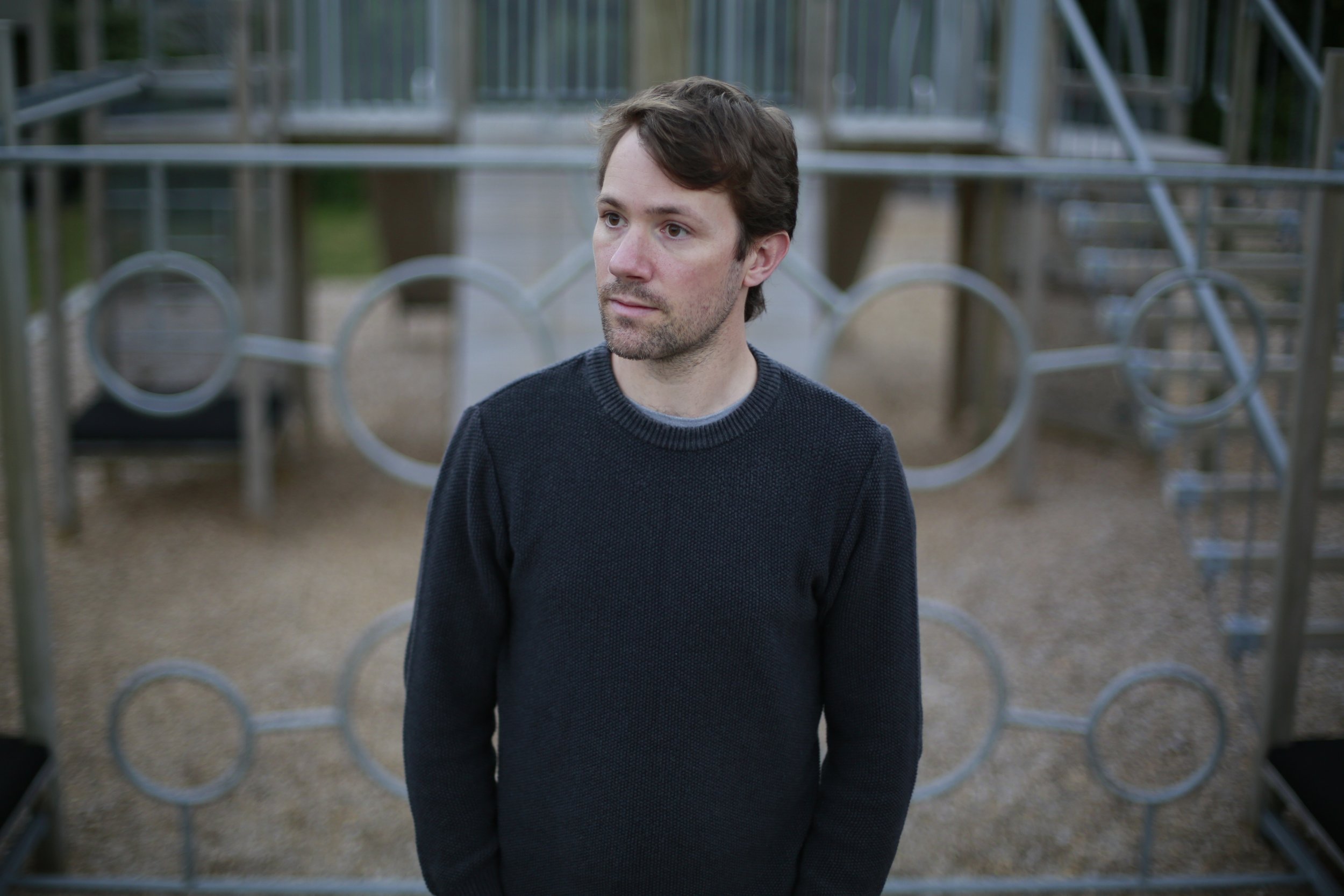Sonoro Quartet with Tony Chen Lin: a fresh approach to beloved music
Pianist Tony Chen Lin
Photo credit: Jeffrey Wen
A young chamber ensemble touring Aotearoa at the moment is bringing an excitingly fresh and bold approach to their programme of Schubert and Schumann, delighting audiences young and old.
Belgium-based Sonoro Quartet
…their innovative, vigorous approach matches that of pianist Tony Chen Lin
Photo credit: Eva Ravel
The four European musicians of the Sonoro Quartet won multiple prizes at the prestigious 2021 Bartók World String Quartet Competition in Budapest, home of New Zealand pianist Tony Chen Lin. Highly impressed by their musicianship, Lin sought them out and proposed a collaboration. The result is the 11-centre tour by Chamber Music New Zealand which opened in Wellington last week.
Lin is a passionate chamber musician, currently honing his skills in the Doctoral School at the famous Liszt Academy while performing internationally. He recognised in the Sonoro Quartet an innovative, vigorous approach that matches his own. The five musicians played in the responsive acoustics of St Andrews-on-the-Terrace with an urgent virtuosity that had the audience on the edge of their seats.
The concert began with Schubert’s famous and demanding “Death and the Maiden” String Quartet, D810, written in 1824. Schubert based it on his earlier song Death and the Maiden, a setting of a poem by Claudius Matthias. The programme was introduced by an imaginative arrangement of the lied by Wellington composer Elliot Vaughan. It was a lovely version, high harmonics creating a ghostly opening atmosphere which returns at the end, melodic lines beautifully played. The warm sonority of Irishman Séamus Hickey’s viola represented the Maiden of the poem, the 2nd violin and cello the voice of Death.
Composer Elliot Vaughan
…imaginative arrangements of lieder by Schubert and Schumann
Some of the other-worldly quality of Vaughan’s arrangement found its way into Schubert’s Quartet itself, which followed without a break. The Sonoro’s interpretation was intense, the first movement pushing the tempo with brilliant playing full of tonal variety, pressing forward with such urgency we held our collective breath.
For the second movement Schubert created a set of five variations on the melody of the original lied. The melodic skills of 2nd violinist Jeroen de Beer and lovely flexibility from cellist Léo Guiguen featured in the first and second variations before all four musicians came together fiercely in the third. The fourth was beautifully quiet and a little sentimental and the fifth full of foreboding over a cello drone.
After a vigorous and energetic Scherzo, the work ends with a thrilling tarantella, all driving forward momentum in its accented asymmetry. The whole performance offered a fresh look at a well-known work, an original and thoughtful interpretation combining headlong pace with subtlety and displaying the innate musicianship of the ensemble throughout.
This visit by the Belgium-based Sonoro Quartet was threatened by visa and passport difficulties; the group’s usual first violinist, Mona Verhas, was unfortunately not issued a visa in time and was unable to enter New Zealand, and Guiguen arrived just a day before this concert after apparently petty passport issues while transiting through Australia. Two New Zealand violinists, Lara Hall and Liu-Yi Retallick are sharing the first violin role for the 11 concerts. In the first movements of this concert, Retallick did not always match the uncompromising pace of her colleagues, but these issues largely disappeared by the end of the Schubert.
Another song arrangement by Vaughan opened the second half, this time a lushly romantic version of Du bist wie eine Blume (You are like a flower) by Schumann, with Tony Chen Lin joining the group at the piano. It ushered in Schumann’s big Piano Quintet in E flat major Opus 44, a work dedicated Clara Schumann and created by her husband in 1842 to feature her pianistic brilliance.
On the big, almost symphonic canvas of the work the piano plays a leading role and Lin’s chamber skills were evident, his part never overly dominant in a beautifully balanced ensemble. The joyous first movement was all contrast and vigour, Lin pushing the pace, his energy matched by the Quartet in melodious counterpoint with great rapport between the lines.
The well-known, haunting funeral march theme of the 2nd movement changes the mood completely, and here the five musicians created an atmospheric sense of narrative, each instrument a character in the drama. Lin led the rapid middle section with restless energy and pace before the music returns to the darkness of the funeral march.
Lin’s virtuosity was further evident as he led the Scherzo with rippling pianism, the central Trio dancing at pace. He took the movement at a rapid clip, and the Quartet were splendidly up to his speed. The final movement, with strong clear lines in its big fugal section, offered us Schumann at his most interesting and engaging, the music building to a dramatic conclusion and a big ovation from the audience.
A big ovation for musicians (from left) Liu-Yi Retallick (1st violin), Tony Chen Lin (piano), Jeroen de Beer (2nd violin), Léo Guiguen (cello) and Séamus Hickey (viola).
These exciting young musicians played the whole concert with relish, and a “listen to this!” quality that displayed their own love of the repertoire. An encore was required and with pleasing symmetry we were offered a third Vaughan arrangement, this one of Schumann’s beautiful song Mondnacht (Moonlit Night). This contemporary commentary on the music of the 19th century added greatly to the pleasure of the concert; Vaughan’s Mondnacht allowed for more beautiful playing from Lin with the other instruments stealing into the texture. The piece unfolded gently with sliding harmonics taking us up into the starry heavens of its conclusion.
Chamber Music New Zealand tour: Sonoro Quartet & Tony Chen Lin
Wellington, Dunedin, Invercargill, Auckland, Tauranga, Hamilton, New Plymouth, Palmerston North, Hawke’s Bay, Gisborne, Christchurch 13- 28 July
More information and tickets here.




